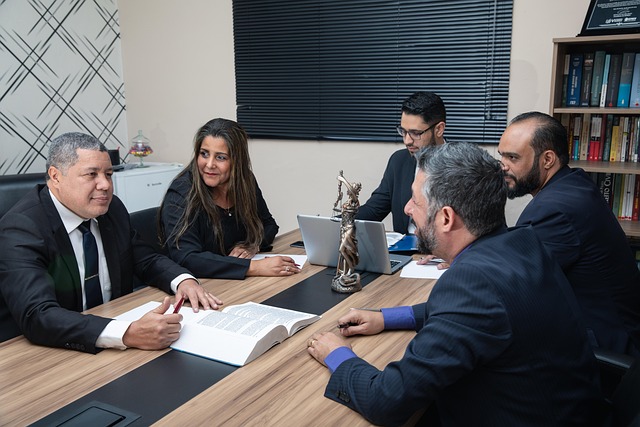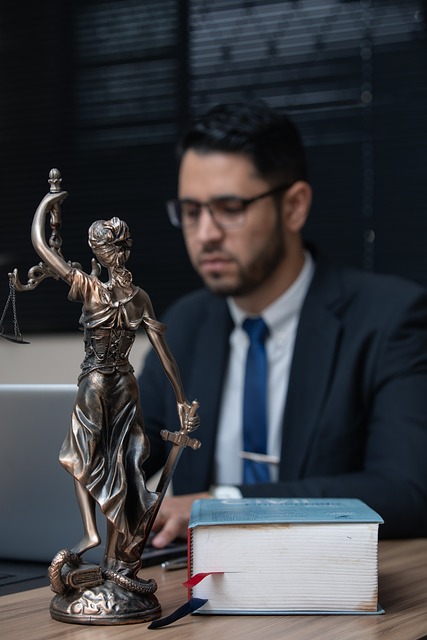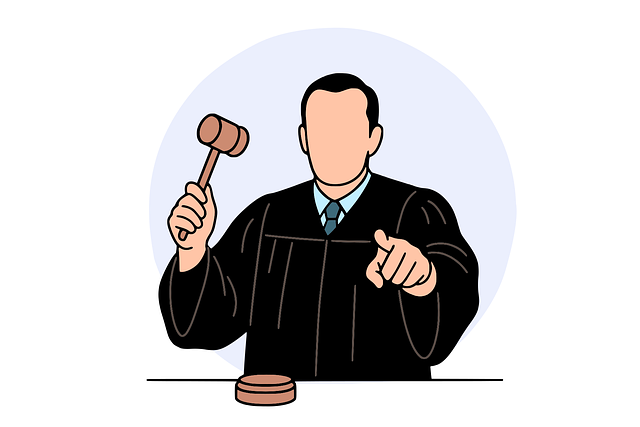A successful serious injury attorney relies on strategic evidence utilization to secure just compensation for clients. They navigate complex medical data and use diverse evidence like medical records, witness statements, expert opinions, surveillance footage, photographs, and insurance documents to build compelling cases. Organizing records, incorporating visual aids, and leveraging expert testimony strengthen the case, ensuring the client's plight and injury severity are accurately represented for optimal compensation.
“In the realm of serious injury law, evidence is more than just facts on a page—it’s the cornerstone of successful legal representation. For attorneys navigating complex cases, understanding how to leverage evidence is paramount. This article delves into the pivotal role of evidence for serious injury attorneys, exploring its impact on case outcomes and client compensation. We’ll uncover key types of evidence essential for robust legal strategies and provide practical insights into effective courtroom presentation.”
- Understanding the Impact of Evidence in Serious Injury Cases
- Key Types of Evidence for Legal Representation
- Effective Strategies for Presenting Evidence in Courtroom Disputes
Understanding the Impact of Evidence in Serious Injury Cases

For a serious injury attorney, understanding the impact of evidence is paramount to securing just compensation for their clients. In these high-stakes cases, where damages can range from medical expenses and lost wages to pain and suffering, the strength of evidence determines the outcome. Each detail, from medical reports to witness testimonies, plays a crucial role in building a compelling case that convincingly communicates the severity of the injury and its lasting effects.
This is particularly important when compared to other legal domains like real estate litigation, contract disputes, or product liability cases. Unlike these areas where specific laws and regulations guide proceedings, serious injury cases hinge heavily on the presentation of tangible evidence that connects cause to effect. The attorney’s ability to interpret complex medical information, translate it into understandable terms for the jury or judge, and effectively communicate the client’s plight can make all the difference in securing a favorable verdict.
Key Types of Evidence for Legal Representation

When representing a client with serious injuries, thorough documentation is key for a successful case. Serious injury attorneys rely on various types of evidence to build compelling legal arguments and secure just compensation for their clients. This can include medical records detailing the extent and duration of injuries, witness statements providing firsthand accounts of the incident leading to the harm, and expert opinions from specialists who can assess causation and quantify damages.
Beyond medical evidence, serious injury attorneys may also gather crucial information from surveillance footage, photographs of the accident scene, and insurance documents. In commercial disputes or slip and fall injuries, for example, video evidence can be invaluable in reconstructing events and establishing liability. These multifaceted pieces of evidence work together to paint a clear picture of the circumstances surrounding the serious injuries sustained, ultimately strengthening the attorney’s case.
Effective Strategies for Presenting Evidence in Courtroom Disputes

When presenting evidence in courtroom disputes for a serious injury attorney, it’s crucial to employ strategies that effectively communicate the severity and impact of client’s injuries. Start by organizing medical records and reports from treating physicians, ensuring they are clearly labeled and easy to follow. These documents serve as the cornerstone of your case, providing concrete evidence of car accident injuries and the subsequent treatment required.
Visual aids, such as photographs or videos, can significantly enhance the presentation of personal injury claims. Show clear images of the accident scene, scars or physical limitations resulting from the incident. Additionally, consider expert testimony from medical professionals to corroborate your client’s experiences and the need for ongoing care. This multi-faceted approach ensures a compelling narrative, strengthening the case for compensation in favor of the car accident attorney and their client.
For serious injury attorneys, mastering the art of evidence presentation is pivotal. Understanding the profound impact of evidence in shaping legal outcomes, as discussed, equips lawyers with the tools to advocate effectively for their clients. By leveraging key types of evidence and employing strategic courtroom techniques, serious injury attorneys can ensure their cases are robustly represented, ultimately aiming for just compensation for those affected by serious injuries.





